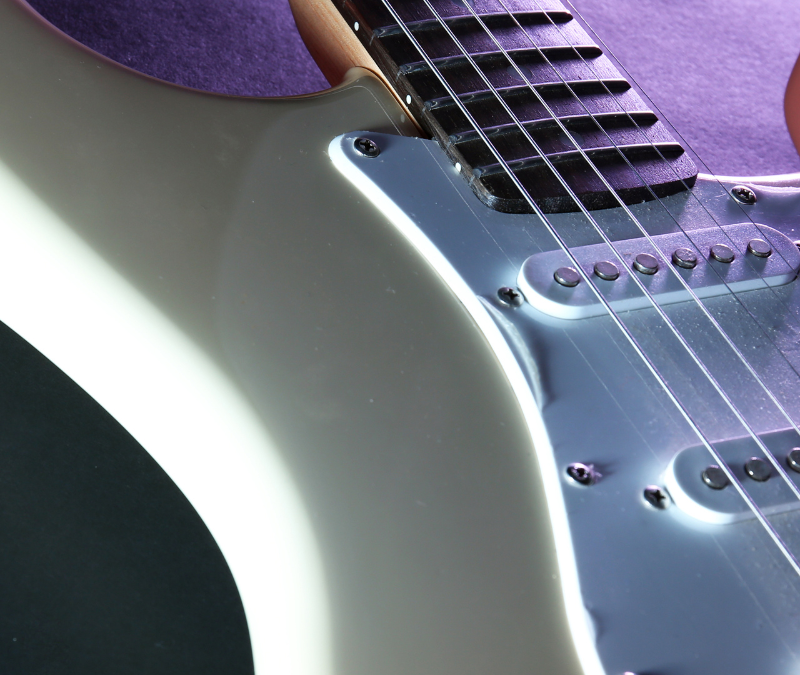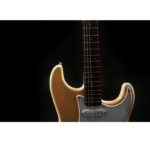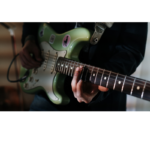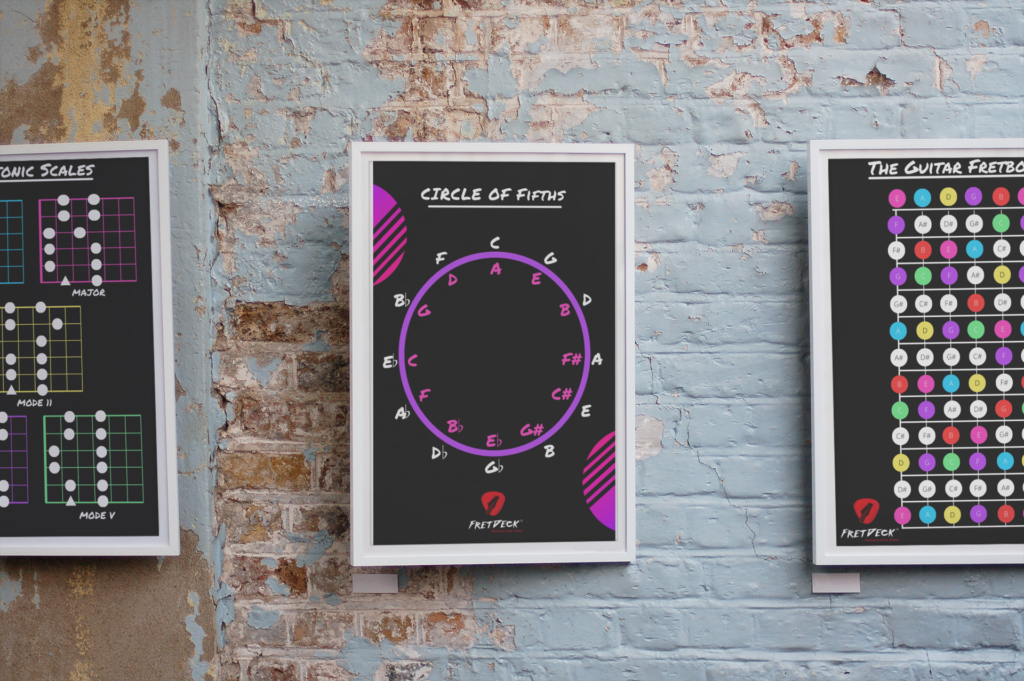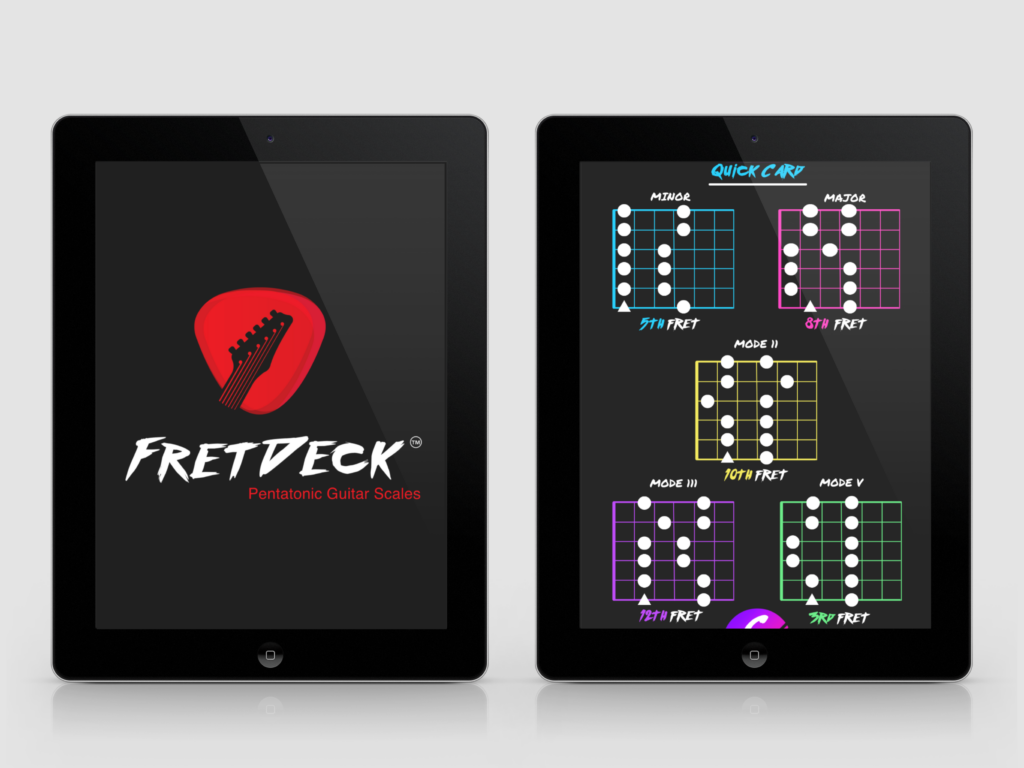Pentatonic scales are the ultimate building blocks for guitarists. They’re versatile, easy to learn, and create iconic sounds across genres like blues, rock, and pop. If you’ve ever wondered how guitar legends craft their solos, it often starts with guitar pentatonic scale patterns. In this post, we’ll dive into everything you need to know about pentatonic scales, from mastering patterns to applying them musically. Whether you’re a beginner or an experienced player, this guide will help you elevate your soloing game.
What Are Guitar Pentatonic Scale Patterns?
Pentatonic scales are five-note scales derived from the standard seven-note major and minor scales. The term “patterns” refers to the specific shapes these scales create on the fretboard, which makes them easy to memorize and play.
The Two Most Common Pentatonic Scales
- Minor Pentatonic Scale
- Formula: 1 (root) – ♭3 – 4 – 5 – ♭7
- Example: In A Minor, the notes are A – C – D – E – G.
- Sound: Bluesy and soulful.
- Major Pentatonic Scale
- Formula: 1 (root) – 2 – 3 – 5 – 6
- Example: In A Major, the notes are A – B – C# – E – F#.
- Sound: Bright and melodic.
These two scales form the foundation of countless solos and riffs, and their patterns unlock the fretboard in new ways.
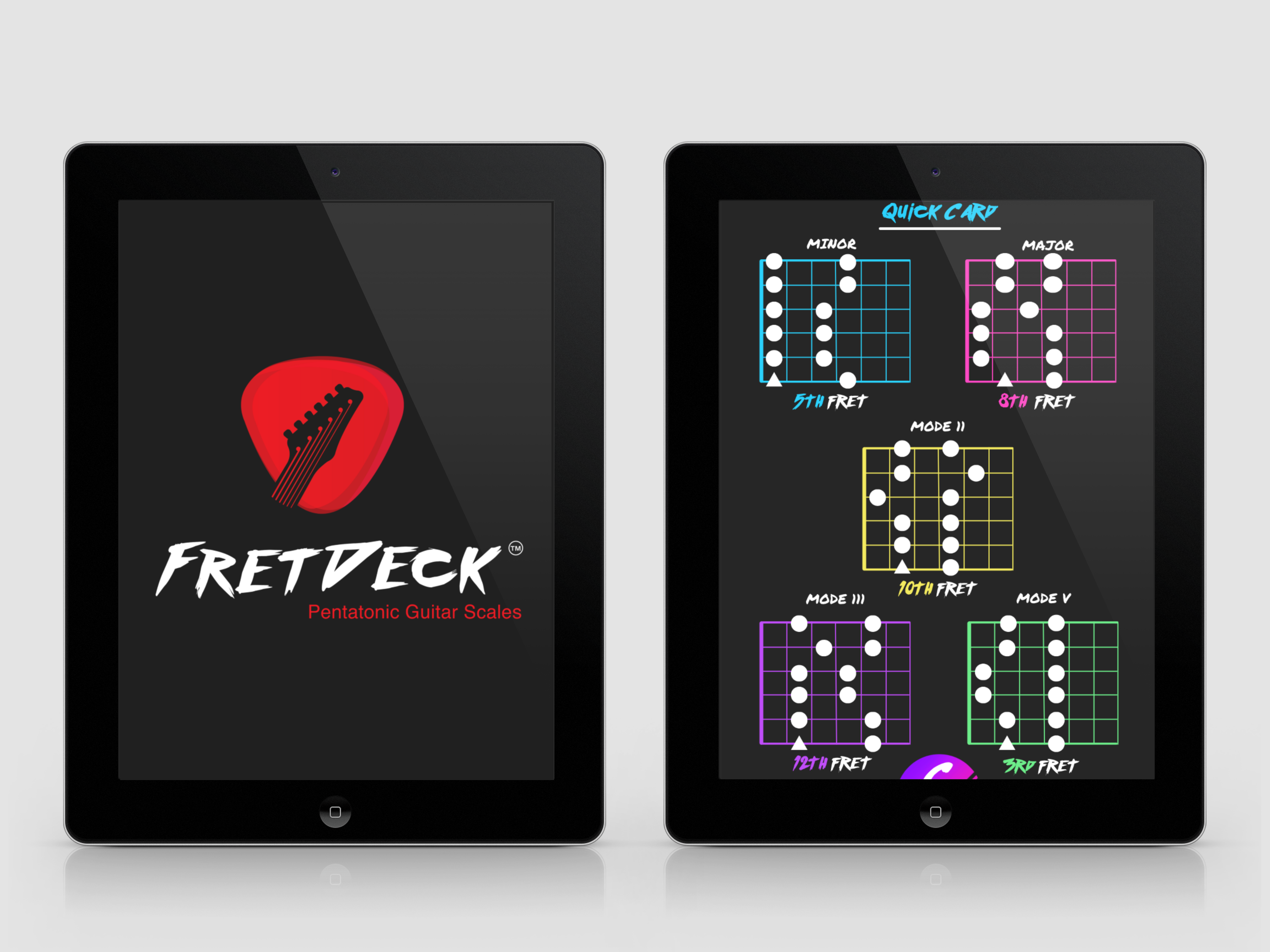
Download The FretDeck & Pentatonic Secrets Course!
Download Our Course
Why Learn Pentatonic Scale Patterns on Guitar?
Learning guitar pentatonic scale patterns has several benefits:
- Simplicity: With only five notes, they avoid clashing with the underlying chords, making them sound great in almost any context.
- Versatility: These patterns work in blues, rock, country, and more.
- Memorization: The scale patterns repeat across the fretboard, so learning one position helps you unlock others.
How to Play Guitar Pentatonic Scale Patterns
The A Minor Pentatonic: Box 1
This is the classic starting point for most guitarists:
e|-----------------------------5--8--|
B|-----------------------5--8--------|
G|-------------------5--7------------|
D|-------------5--7------------------|
A|-------5--7------------------------|
E|--5--8-----------------------------|
- Play this pattern starting on the 5th fret (A note) of the low E string.
- Use your index finger for notes on the 5th fret and your pinky for notes on the 8th fret.
The A Major Pentatonic: Box 1
The shape is identical but starts from the major root note:
e|-----------------------------5--9--|
B|-----------------------5--9--------|
G|-------------------6--7------------|
D|-------------6--7------------------|
A|-------7--9------------------------|
E|--5--7-----------------------------|
Switching between these two patterns allows you to transition between minor and major sounds effortlessly.
Five Essential Guitar Pentatonic Scale Patterns
The pentatonic scale isn’t limited to one position. There are five interconnected patterns that cover the entire fretboard. Learning these patterns helps you move fluidly between different areas of the neck.
- Box 1: The foundation for most players.
- Box 2: Shifts the scale slightly higher on the fretboard.
- Box 3: Midway through the scale. Great for transitioning between higher and lower registers.
- Box 4: Excellent for upper-register soloing.
- Box 5: Wraps back around to the lower register, connecting with Box 1.

Download The FretDeck & Pentatonic Secrets Course!
Download Our Course
Using Guitar Pentatonic Scale Patterns in Music
Simply memorizing patterns isn’t enough. To sound musical, you need to apply them creatively. Here’s how:
- Play Along with Backing Tracks
Use the A Minor Pentatonic over an A Minor backing track. Experiment with different patterns to create a fluid solo. Check out Backing Tracks Central for free tracks. - Practice Phrasing Techniques
Add bends, slides, and hammer-ons to bring the scale to life. For example:- Bend the 7th fret of the G string (D note) up to the 9th fret (E note).
- Blend Major and Minor Pentatonics
Mix the A Minor Pentatonic and A Major Pentatonic over a blues progression. This creates a dynamic sound and adds emotional depth.
Tips for Mastering Guitar Pentatonic Scale Patterns
- Practice Slowly: Use a metronome to ensure every note is clean and in time.
- Work Across the Fretboard: Connect all five patterns so you can move smoothly between them.
- Improvise Daily: Spend 10 minutes each day improvising over a simple backing track to develop your soloing skills.
Advanced Pentatonic Techniques
Once you’ve mastered the basics, try these advanced ideas:
- Pentatonic Hybrid Scales: Add the blues note (♭5) to create a “blues scale.”
- Pentatonic Modes: Use the same pentatonic shapes but start from different root notes to explore modal sounds.
- Three-Note-Per-String Patterns: Expand the scale into three notes per string for faster runs and more versatility.
Keep Track of Your Progress
Use a practice journal to track which patterns you’ve learned and how they’re improving your playing. Include:
- The patterns you practiced.
- Tempo goals for clean playing.
- Creative breakthroughs, like new licks or phrases.
Join the Guitar Freaks Hangout for More Tips
Want to dive deeper into guitar pentatonic scale patterns? Join our Guitar Freaks Hangout on Discord to connect with a community of players sharing tips, tricks, and inspiration.
Final Thoughts
Mastering guitar pentatonic scale patterns is a game-changer for any guitarist. By learning the shapes, connecting them across the fretboard, and applying them musically, you’ll unlock endless soloing possibilities. So grab your guitar, start practicing, and watch your playing transform!
To enhance your understanding of pentatonic scales, you might find our in-depth article, How Many Pentatonic Scales Are There?, particularly insightful. This piece explores various pentatonic scales beyond the basic major and minor forms, offering a broader perspective on their applications in different musical contexts
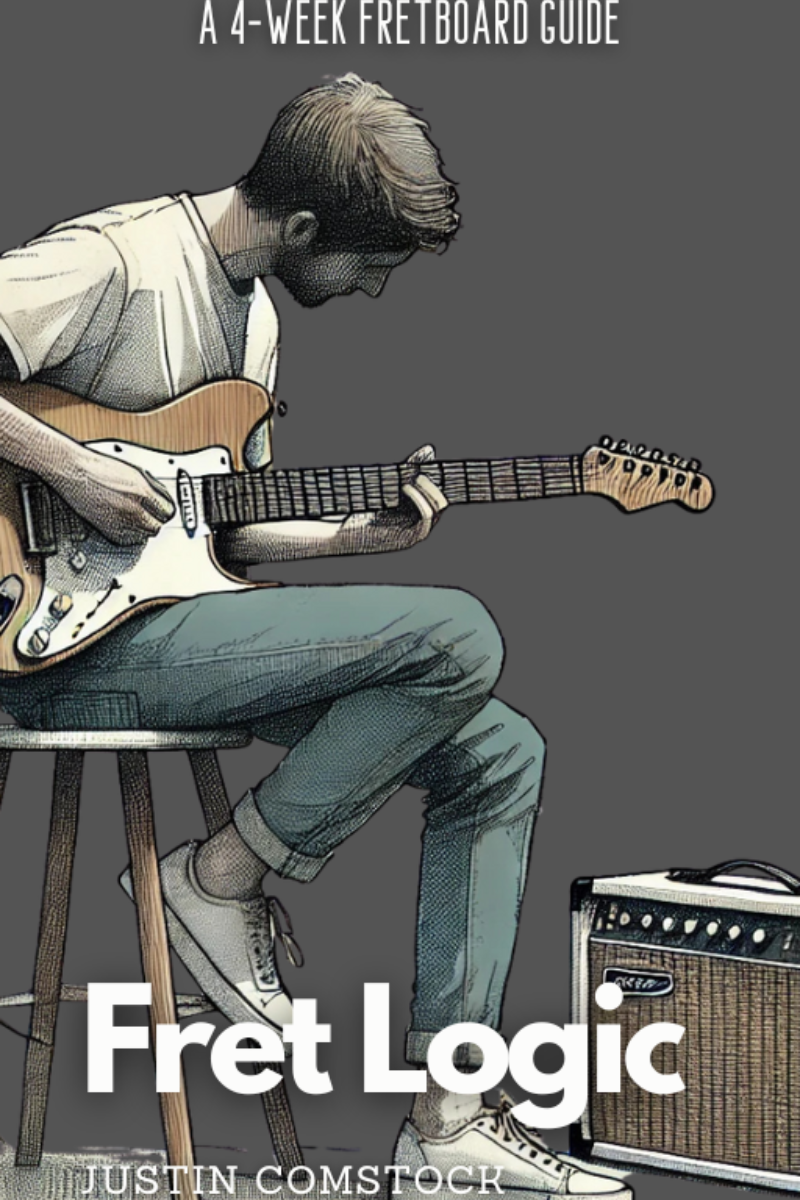
Join Guitar Freaks Hangout on Discord! 🎸
Get Fret Logic FREE!
Join the Guitar Freaks Hangout Discord and get exclusive access to my entire e-book, Fret Logic! Master the fretboard and elevate your solos with this comprehensive guide.
👉 Don’t miss out—join now and download your free copy!

